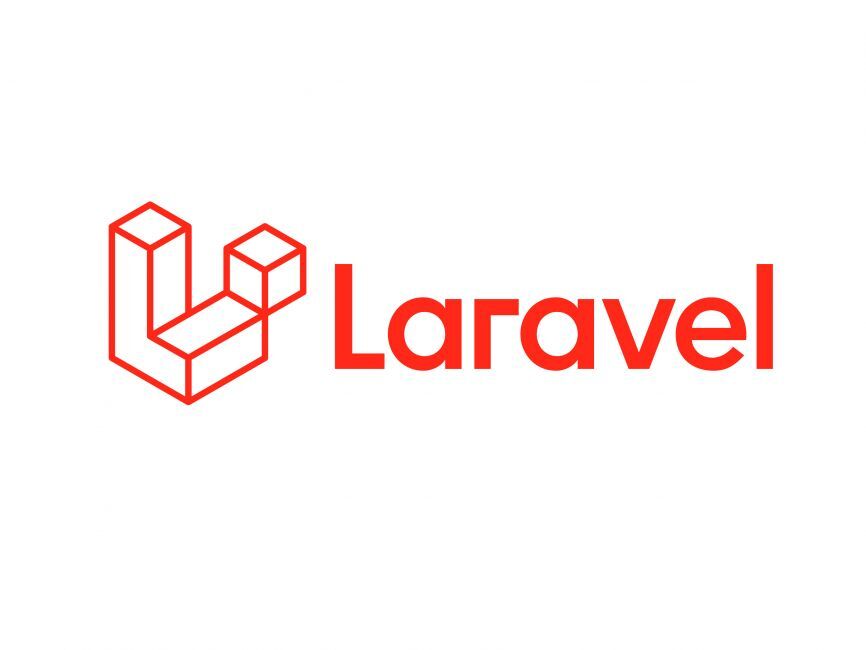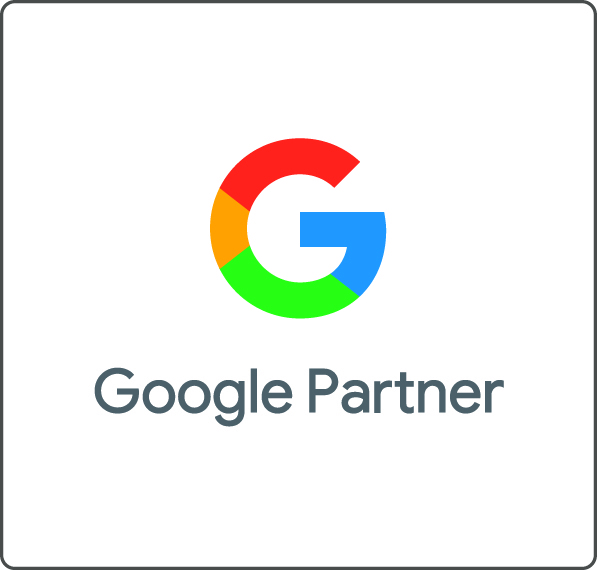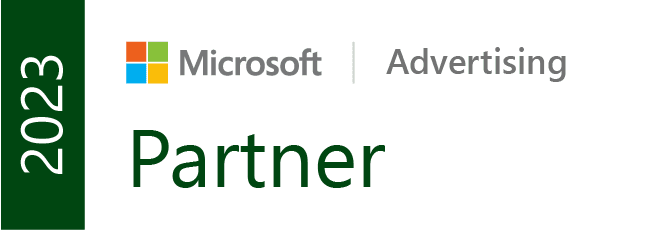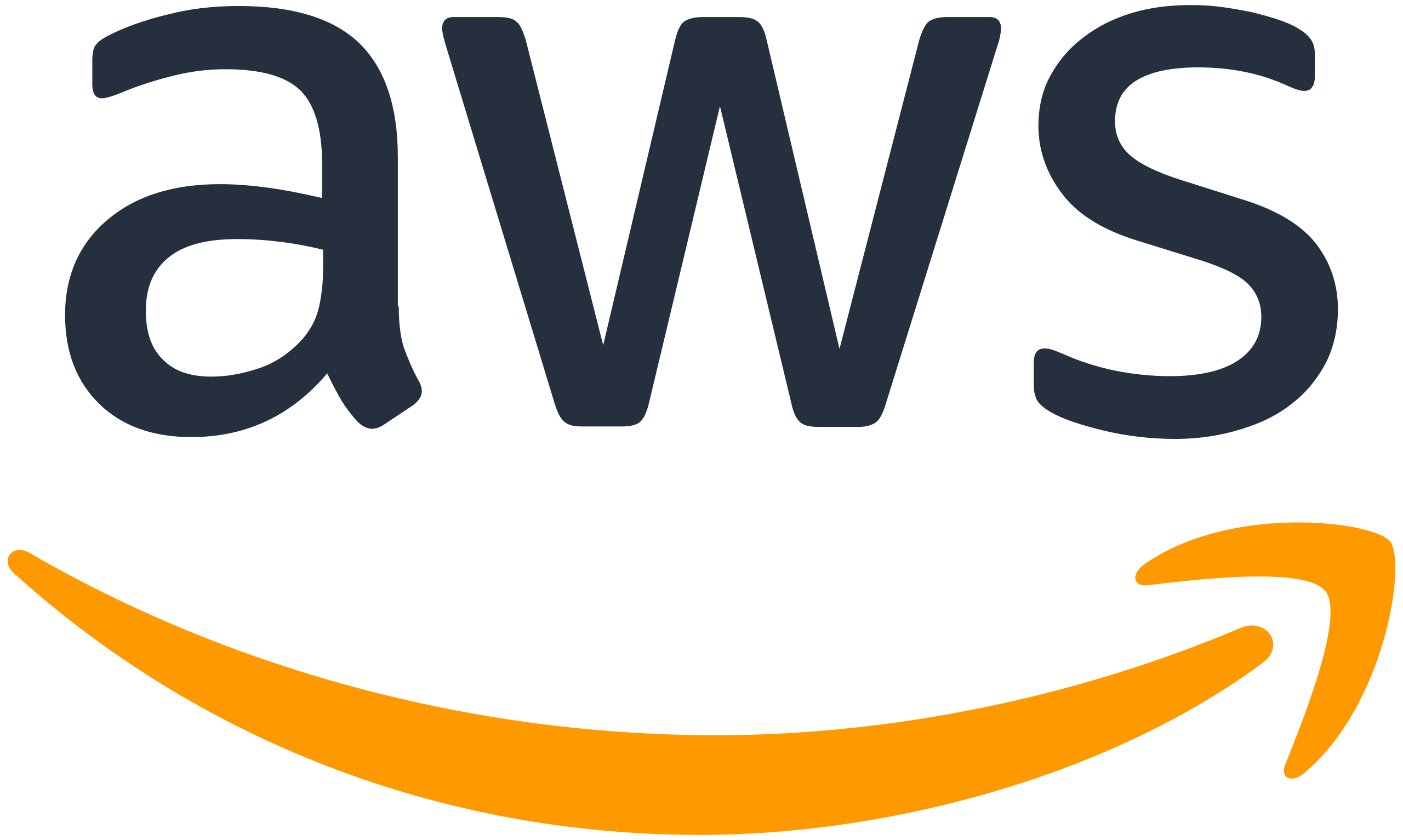First thing you need to do is know your target audience.
This can be done by using your Facebook Page Insights or by accessing Audience Insights to see who is interacting with your page, what similar pages they like and the type of interests they have including their age, gender etc.

Both are very powerful tools and essentially give you the ability to use Facebook as a mini CRM.
Once you have an idea of a demographic that would be perfect to get your brand in front of, you can then start building at the very top of your funnel.
If you already have a list of previous customers you could build a custom audience with those details and then create an even larger lookalike audience of potential clients.
Facebook is able to do this via matching the email address or phone numbers to other people on Facebook who match a demographic that is more likely to purchase or show an interest in your brand depending on the actions they have taken in the past.
Behold the ‘Lookalike’ Audience...

At the top of the funnel, you want to flood as much data to your Facebook pixel as possible.
A Facebook pixel is code that you place on your website. It helps you track conversions from Facebook ads; optimise ads based on collected data; build targeted audiences for future ads; and remarket to qualified leads - people who have already taken some kind of action on your website.
One of the best ways to get data to your pixel is via traffic, loads of it.
I like to do this via a two-pronged attack where I use the traffic objective and then use a video or slideshow video as my creative.
This objective sends traffic to the website and pixel and you get video views.
With this, you are able to create a custom remarketing audience from the amount of people who have watched your video as well as the traffic to your website and the actions taken there.
The best place to start with a video remarketing audience is to target anyone who has watched 50% or more of your video or slideshow video.
This, as Facebook state, is a good buying signal that they are interested in your product or service. Naturally the length of the video depends a lot on how strong their buying signal is so I would tend to opt for 30-second videos ideally, but 15-second videos can work too, depending how good the product or service is and how much information you can convey.

Remarketing
This brings us to the second part of the funnel where you will ideally be using the remarketing information you created when sending traffic to your website as well as the data of who watched your video.
In terms of the type of creatives to use for the second part of the funnel, you should lean more towards providing your audience with more information.
A great format in Facebook for this is via the Facebook Canvas.
The Facebook Canvas is a pretty amazing way to provide users an immersive, mobile experience through ads. Canvas allows you to build a unique experience with the combination of text, images, videos, carousels, product feeds and more, giving your audience a better feel for your solution or product.
What’s more, you can also target people who have accessed and opened your canvas in the third part of your funnel.

Conversions
In the third part of your funnel you should seriously consider getting people to commit to your ultimate objective, whether that be to purchase or submit their details for a call back from an advisor etc.
The two really great campaign objectives for this are Conversions and Lead Generation.
Whilst lead generation is pretty straight forward, a tip to improve lead quality would be to add a qualifying question to your lead form that further quality the lead and get the person filling out the forma to be more specific about their enquiry.
In regards to the Conversion objective, this is slightly trickier where you will need at least 100 conversions of a particular event recorded by your pixel for it to be effective. The more data Facebook has the better the conversion objective.
These events could be the standard Facebook events like “AddToCart”, “Purchase”, “ViewContent” etc. or a custom event that you create. Facebook will then serve your ads to the people more likely to result in being that specifically chosen conversion.

And there you have it, a Facebook conversion funnel waiting to generate more revenue and more paying customers.
If you’d like to learn more or get expert help on how to design a specific Facebook or Instagram strategy for your brand get in touch with Adido today! We would be happy to help.





